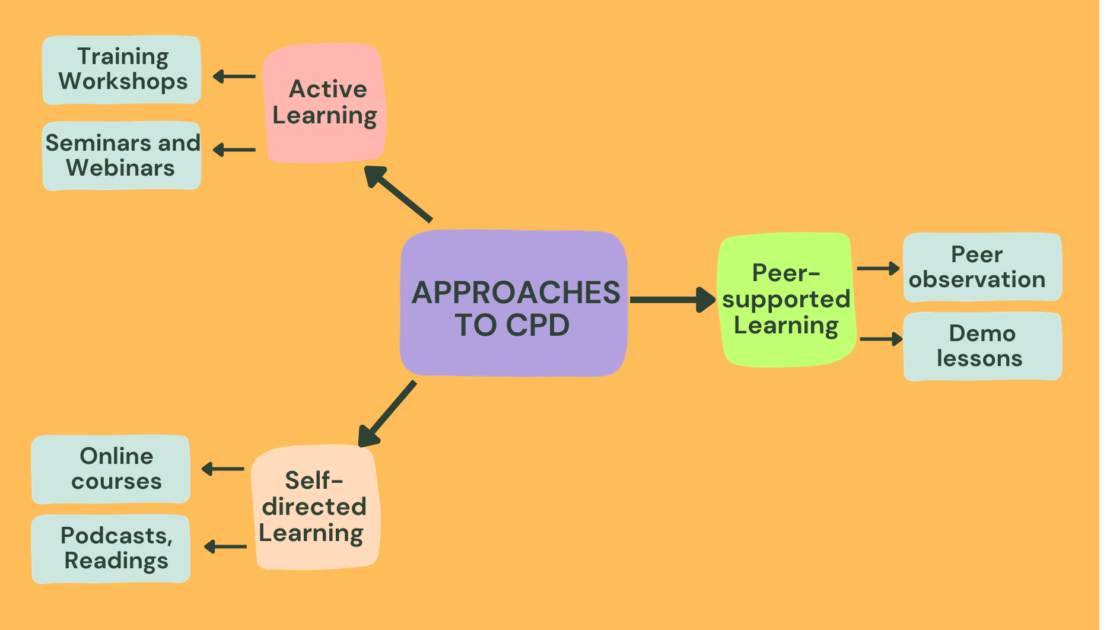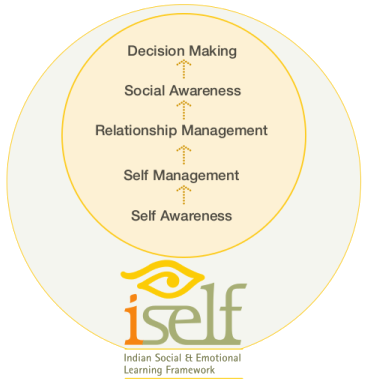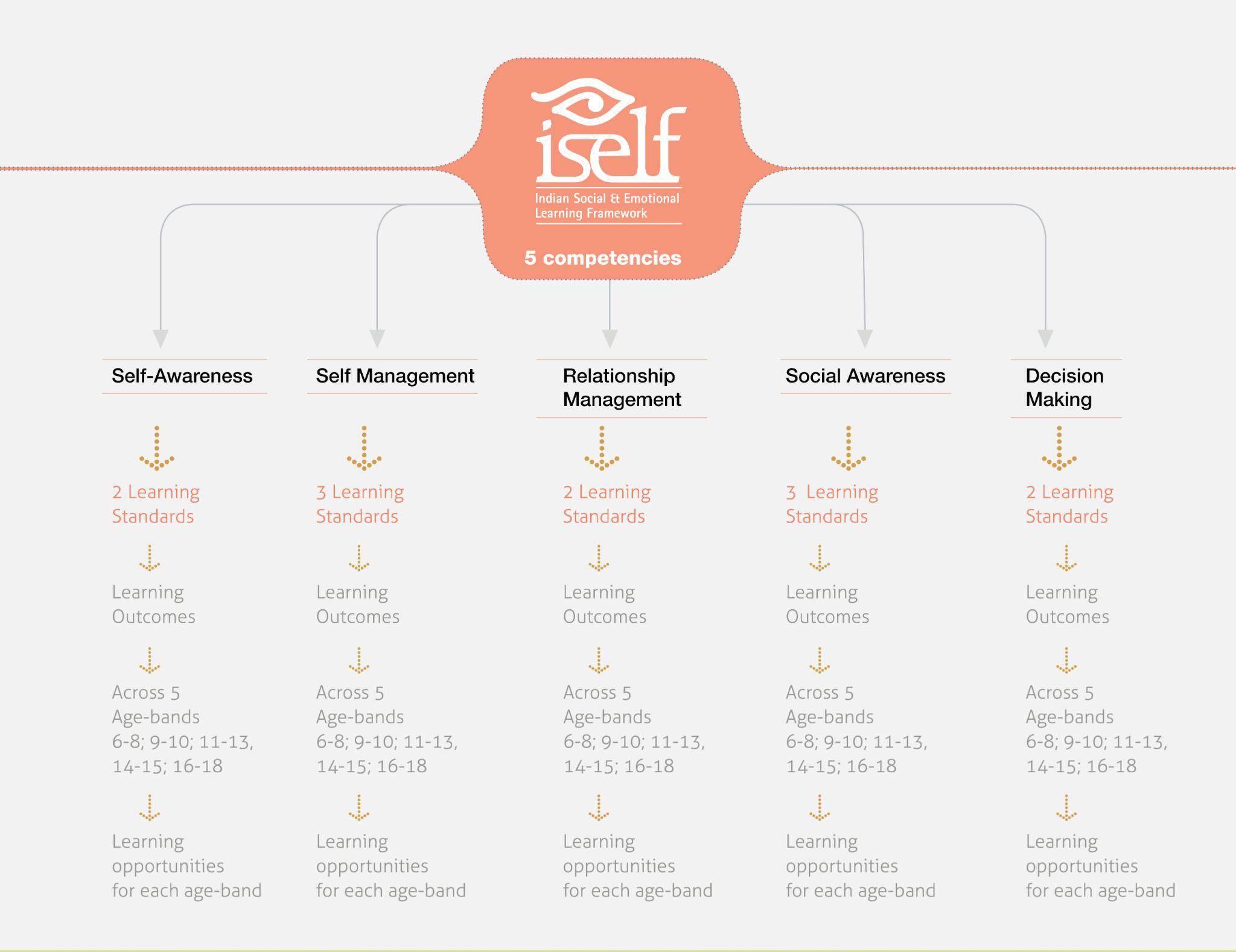- 2 Days – Orientation
- 8 days – Professional Development Workshop for teachers
- 8 days – School Based Support (2 rounds, with 4 days each for a batch of 20 teachers
An Essential Guide to CPD planning for School leaders

“One who dares to teach, must never cease to learn” – John Cotton Dana.
This famous quote by an American library and museum director often reminds me of the need for teachers to engage in constant self-reflection on their academic and professional mastery.
In the previous blogs of this series, we discussed the significance of CPD for teachers and the elements of effective CPD.
1) Active Learning
• On-the-job training is the most widely prevalent model of CPD for teachers. Firstly, school leaders need to cast a careful eye on the current concerns in their school or department. CPD is highly effective when it occurs in the context of a teacher’s daily work. Periodic training conducted for the teaching faculty proves iterative by helping them reflect on their practices and gain ideas on improving the current practices.
• Another mode to foster active learning is by facilitating teachers’ participation in webinars and seminars. Presented by experts in the field, these sessions empower teachers to equip themselves with pedagogical best practices, holistic learning and personal development.
2) Peer-supported Learning
• A wealth of worldwide research highlights the effectiveness of teachers learning from each other. This mechanism of cross-sharing expertise helps build a culture of collaboration in the school. A thorough structure of peer observation and post-observation leads to reflective discussions on instructional techniques and classroom management targeted at improving learning outcomes.
• Another route to peer-supported learning is when senior teachers provide demo lessons as the novice teachers watch their lessons. A post-demo session enables both teachers to discuss the impact of the teacher’s practices on student learning.
3) Self-directed Learning
• This allows teachers to take control of their professional journey. It is an informal and unstructured approach allowing teachers the freedom to access educational podcasts, videos, or readings at their own pace and of their own interest. They chart their CPD path by identifying key areas of growth, time and resources available for engagement and ideas for implementation.
• Teachers presently have access to a wide range of short and flexible online CPD courses. Enrolling themselves in such courses would boost their academic mastery and classroom management leading to enhanced professional competence.
Educators need to develop relevant professional skills to excel at their work. Professional development is the need of the hour for educators to be able to provide students with a better learning environment with updated skill sets. School administrators and leaders must ensure that their teachers get the best professional development opportunities.
Kritika Mahajan
Senior Coordinator, Training and School Support
TTF



